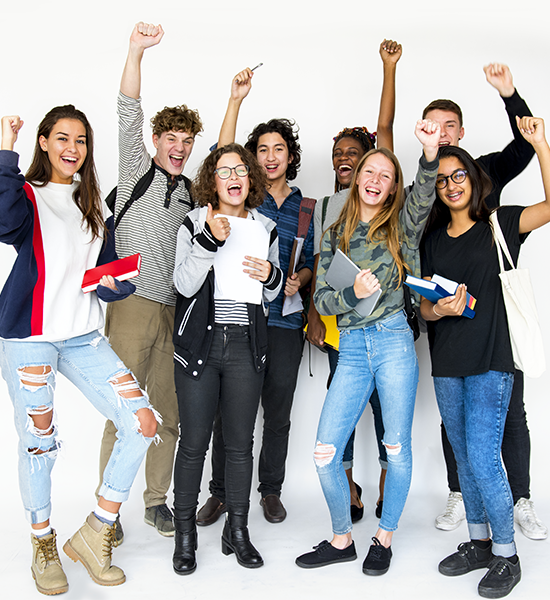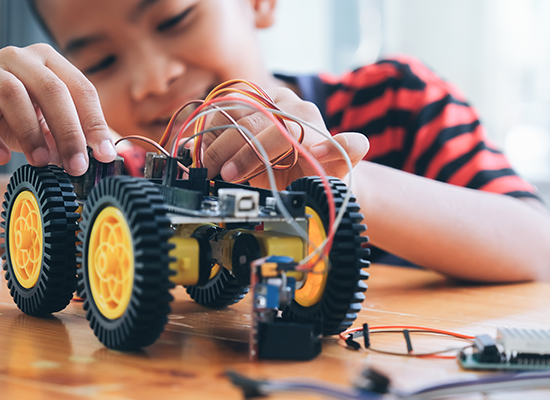PARENTING GUIDANCE AND SUPPORT

Practical and scientific solutions for parents of children and adolescents to address the challenging issues
The primary goal of the parent support program is to provide support and information in ways that help parents become more capable and competent. Parent support program aims to support and strengthen existing parenting abilities and promote the development of new competencies so that parents have the knowledge and skills needed to carry out child-rearing responsibilities and provide their children with experiences and opportunities that promote child learning and development. Providing or helping parents gain access to other types of supports and resources, such as medical or child care resources, is also an important feature of this program.
Services offeredWe offer training programs for parents through schools and other organizations.

Parenting the newborns and infants
A newborn can bring a whirlwind of activity and excitement to your life — and plenty of stress and fatigue, too. Parenting confidence with regards to caring for their infants is crucial for the healthy adaptation to parenthood and the development of positive parent-infant relationships. The postpartum period is a tremendous transitional time for parents, so their unique needs should be considered. We offer guidance and support in this crucial period.
Parenting the preschool child
Children’s development of the cognitive and social skills needed for later success in school may be best supported by a parenting style known as responsive parenting. Acceptance of the child’s interests with responses that are prompt and contingent to what the child signals supports learning, in part, by facilitating the child’s development of mechanisms for coping with stress and novelty in his or her environment. Many things needs to be considered – the child’s developmental level, prewriting and reading skills, school readiness, etc…..


Parenting adolescents and young adults (10-24 years)
A central challenge for parenting adolescents is the need to continually adapt care giving practices to adolescents’ changing motivations and capabilities. In broad terms, beginning with puberty, adolescents are motivated to experiment with and expand their capacity to make autonomous decisions. Parents have to balance protective concerns about the adolescent’s safety with support for the adolescent’s developing capacity for autonomous decision-making. The parenting practices that facilitate or inhibit parents’ abilities to maintain sensitive attunement to an adolescent’s dynamically changing needs have been the major concern of many parents.
Identification of problem behaviours and management
Behavioral problems don’t have the exact definition They are behaviors that contradict to specific age, culture, social values and norms. Behavioral problems that are directed from internal like, anxiety, sadness, depression, complaining of somatic pains frequently, some specific phobias. Internalizing behavioral problems are common among girls. Behavioral problems that are directed from external and are expressed in actions like, being angry, violence, overactive, attention problems. These problems are common boys. Early detection and early intervention for behavioural issues in children and adolescents are very important.


Parenting single child
Parenting a single child is rewarding, as well as challenging, for the entire family. Whether it’s by choice or fate, having a single child presents unique considerations, opportunities, and advantages.Challenges faced by parents include; setting boundaries with a child who is used to having your undivided attention, Warning signs when a parent’s expectations are too high or pressure is too great, Building family networks and other support systems for the future, etc.
Scholastic problems in children.
Academic underachievement of children is a big concern among parents and teachers in a present-day competitive society. It is reported that around 20% of school children have scholastic backwardness. Factors associated with scholastic backwardness include physical illnesses, below-average intelligence, learning disorders, attention deficit hyperactivity disorder, psychiatric disorders, family and school factors [1,2]. Scholastic backwardness contributes to school dropout, especially after the primary school years [3] and should be recognized and remedial measures initiated, in the primary classes itself for best results. At present, children are identified much later and as a result, the optimum benefit of remedial education is not obtained. It is important to identify the risk factors for scholastic backwardness so that these children can be identified early and corrective measures initiated. The aim of the present study was to identify the risk factors for scholastic backwardness in children.


Prevention of abuse in children
Child abuse and neglect are serious problems that can have lasting harmful effects on its victims. The goal in preventing child abuse and neglect is to stop this violence from happening in the first place. Child abuse and neglect are complex problems rooted in unhealthy relationships and environments. Preventing child abuse and neglect requires addressing factors at all levels of the social ecology–the individual, relational, community, and societal levels. Due to the long-term effects child abuse and neglect can have on a child’s physical, psychological, and behavioral health, providing quality primary prevention programs and services is vital.
Mental health issues in children
Several important mental health disorders, such as depression, anxiety disorders, and eating disorders, often start during childhood and adolescence. With a few exceptions, symptoms of mental health disorders tend to be similar to feelings that every child experiences, such as sadness, anger, suspicion, excitement, withdrawal, and loneliness. The difference between a disorder and a normal feeling is the extent to which the feeling becomes so powerful as to overwhelm and interfere with the activities of normal life or cause the child to suffer.


Addressing nutritional issues in children and adolescents
It is critical to ensure adequate nutrition for children and adolescents as this is intrinsically linked to the health of future generations. The nutritional issues of under nutrition and over nutrition among children and adolescents are intricately woven together in an inter generational cycle of malnutrition. Adolescence is a unique period of nutritional vulnerability. The complex hormonal interplay necessary for normal pubertal development, linear growth, and neuro developmental changes cannot occur without adequate nutritional fuel. Adolescent-specific recommendations for nutritional intake differ significantly from adult or child recommendations.
Life skill development of children
Life skills are valuable lessons children will use throughout their lifetime. But most of the children don’t learn how to handle real-world situations. Life skills go hand in hand with development, and can help the child succeed later in life. Many of the skills children will need as adults to compete in a global economy are not easily taught in a typical classroom setting.


Parenting differently-abled children
Specially abled children need the right support, timely help and intervention to grow up as confident men and women. It is very true that one can never truly understand the urgency of an issue until its impact affects or concerns us directly. And in cases like disability and impairments, practical solutions and arrangements are best discussed when someone close has it, as the difficulties of the situation might not be fully comprehendible unless one actually goes through the ordeal with the affected person – for, at best one may sympathies or empathize with an offer of moral support, but the connection to the issue is very likely to be lacking otherwise.

